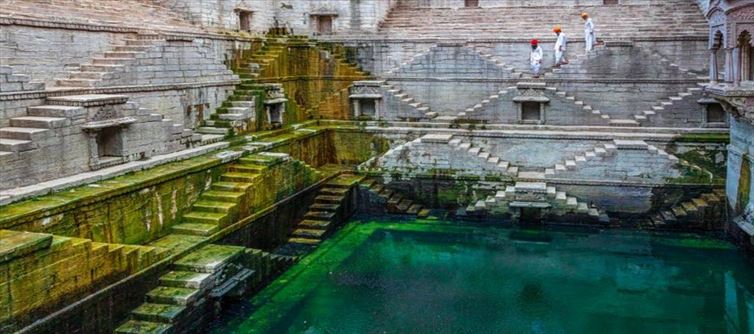
Massive structures found in many parts of india appear to have been built deep into the ground, turning over high forts. These are called stairwells.
Experts say that if most of them are now dried up and abandoned, repairing them will solve the country's freshwater problem to some extent.
Built by raja Chanda, a Rajput ruler who ruled rajasthan between the 8th and 9th centuries, this stairwell is a magnificent carved sculpture with 3,500 steps.
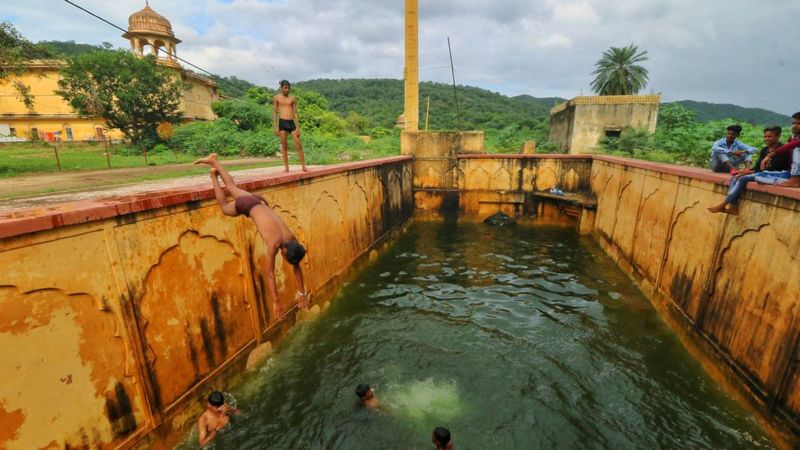
With accurate measurements, the well was built without taking anything away from modern engineering. It has stairs on three sides. On the fourth side are beautifully decorated balconies. Located at Abhaneri in rajasthan, Chand Bavri (Bavri, Bavoli means well) is the deepest stairwell in the country.
However, it is natural for these to deteriorate over the centuries. But, many of these wells are in an abandoned state due to carelessness.
In recent years, these ancient structures that once helped solve the acute water problem in india are being restored with the same aim.
Risk of water scarcity in the country
Groundwater levels in india are estimated to have declined by 61% between 2007-2017. Depletion of this vital resource poses a threat not only to public drinking but also to food security.
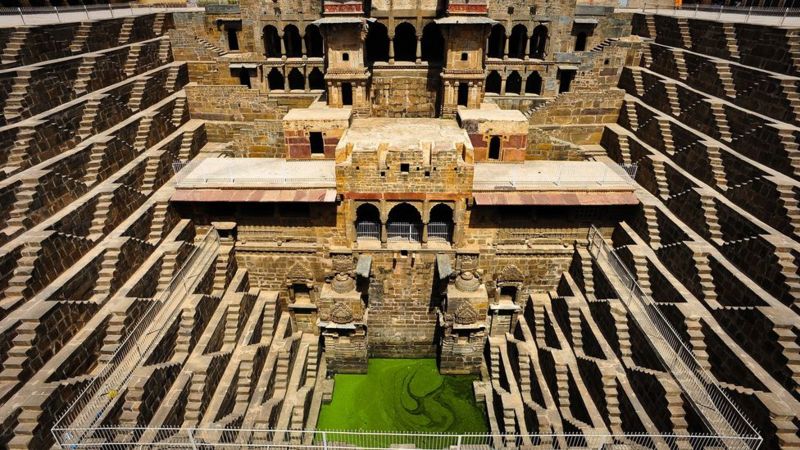
Experts are also concerned that water shortages could reduce food crops by up to 68%. The average rainfall in india is 40 crore hectares. However, about 70% of rainwater is unusable for human consumption due to pollution.
India ranks 120th out of 122 countries in the water spirit index. 2 lakh people die every year due to waterlogging. These issues underscore the need for india to reuse historic water management systems.
States can use new technology to modernize traditional water systems for local needs. In a country where 60 crore people i.e. almost half the population face severe water scarcity every day, traditional water conservation policies are still promising today.
The rajasthan government, through the 'Chief minister Jal Swavalamban Abhiyan', is restoring damaged rainwater harvesting structures to make the villages, water self-sufficient.
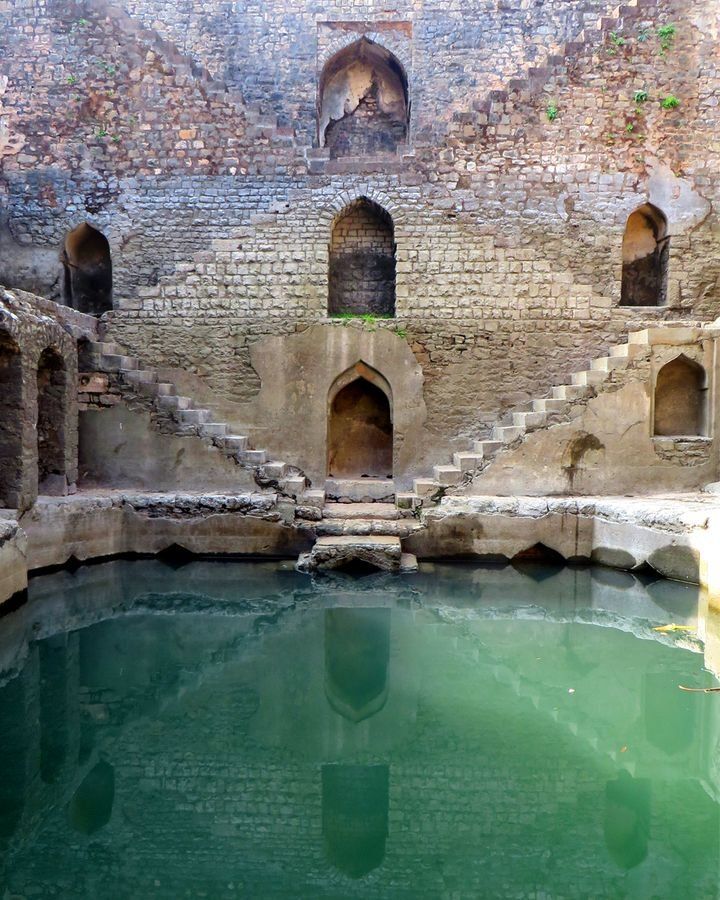
It took a team a few months to pump sewage into an abandoned stairwell called Toorji in the city of Jodhpur. Its water, which has been poisonous for decades, has turned red coloured stones white. It cost about Rs 15 lakh to remove the rust that had accumulated on the walls.
About 2.8 crore litres of water per day is being supplied to the city after cleaning the well for drainage and domestic purposes.
The Gram Bharati Samiti (Society for Rural Development), a non-profit organization in the jaipur district of rajasthan, has undertaken the rehabilitation of seven stairwells in various villages.
As a result, about 25,000 people are receiving water. Groundwater has been recharged. Storage capacity has increased. Most of the stairwells can provide enough water for the daily needs of the villagers.
These wells are an integral part of our cultural life. The stairwell is the only source of water in our village. Over time, it has dried up and turned into a garbage dump.
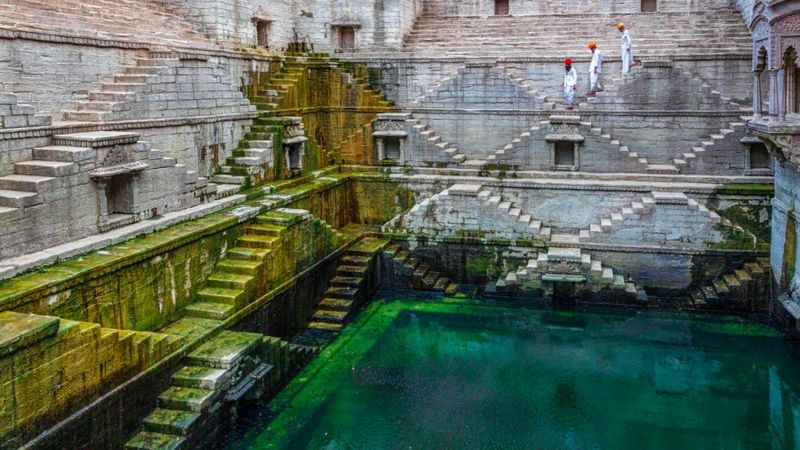
Since ancient times ...
There is evidence of a similar stairwell in the Indus Valley Civilization between 2500-1700 BC. However, although ordinary wells were initially built, they evolved into engineering marvels between the 11th and 15th centuries.
Stairwells not only add water but also beauty and decoration. Like multi-storey buildings, these are multi-storey underground structures. The stairwells are repositories of indian historical stories. They are home to community meetings and religious ceremonies.
Temperatures on the inside are five to six degrees lower than on the outside, making them a cool retreat for travellers. Restoration of stairwells is a crucial step in the fight against water scarcity.
Will good days come?
The government plans to rehabilitate 15 stairwells in delhi in 2017. In 2019, the Aga Khan Trust for culture partnered with the German Embassy in india to renovate the stairwell at the Humayun's Tomb Complex in Delhi.
We have done things like rebuild the collapsed part with traditional materials, remove the 700-year-old rubbish, clean it, and remove the 80-foot silt at the bottom. Now we can recharge it with water.
People acknowledge the Dargah stairwell to be unique and pious. Water is considered to have medicinal characteristics. people carry water for drinking and healing. Locals are eager to see clean water in this well.




 click and follow Indiaherald WhatsApp channel
click and follow Indiaherald WhatsApp channel